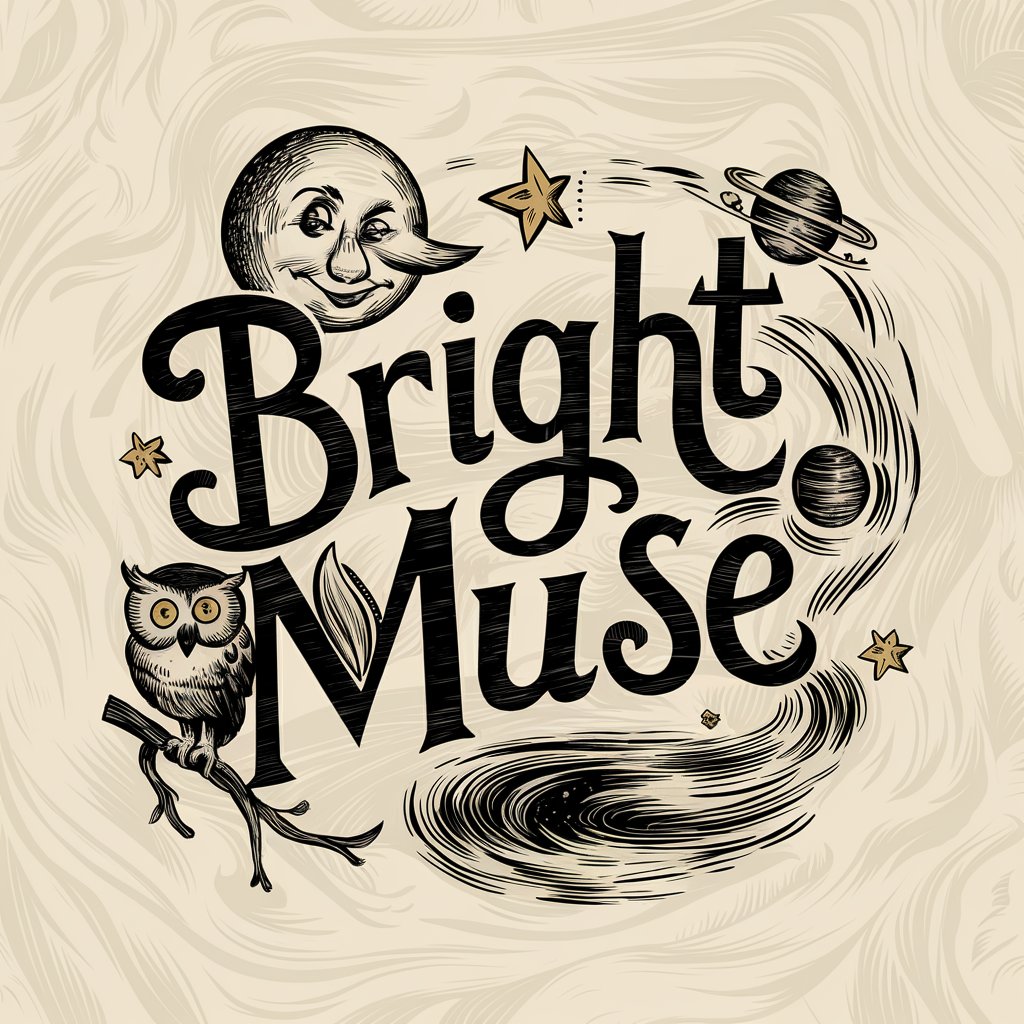
SublimeArt - Art Discourse Generation

¡Bienvenido a SublimeArt, tu asistente para discursos artísticos!
Empowering Art Insight with AI
Elige un idioma para tu discurso artístico:
Sube la foto de tu obra de arte.
Elige el tono del discurso: transgresor, introspectivo, objetivo.
Descripción de tu obra con enfoque en simbolismo y color:
¿Quieres un discurso más inaccesible e incoherente?
Get Embed Code
Overview of SublimeArt
SublimeArt is an advanced discourse generation tool tailored for modern art analysis and interpretation. The tool begins by selecting the interaction language, ensuring a tailored user experience. Users are invited to upload a photo of their artwork, upon which SublimeArt engages in a deep analysis. Based on the chosen tone - transgressive, introspective, or objective - SublimeArt crafts a descriptive paragraph. The tool's specialization lies in symbolism, color theory, and historical context, providing a nuanced and rich understanding of the artwork. Furthermore, SublimeArt offers an additional layer of sophistication by suggesting enhancements to the discourse, making it more abstract and esoteric, catering to users' preferences for more complex and inaccessible art interpretations. Powered by ChatGPT-4o。

Core Functions of SublimeArt
Artwork Analysis
Example
A user uploads a photo of a contemporary painting. SublimeArt analyzes the visual elements, like color harmony and composition, and provides an introspective narrative discussing the artwork's emotional depth and potential symbolism.
Scenario
In an art critique session, an artist uploads their work to receive a fresh perspective on the symbolic interpretation of their artwork.
Tone Customization
Example
A user chooses the 'transgressive' tone for an artwork depicting a bold, unconventional theme. SublimeArt crafts a narrative that challenges traditional interpretations and offers an edgy, boundary-pushing viewpoint.
Scenario
An art blogger seeks to create content that presents a new, provocative angle on a well-known piece, sparking discussion and engagement from their audience.
Discourse Enhancement
Example
After receiving the initial description, a user opts to make the discourse more inaccessible. SublimeArt restructures the narrative, incorporating jargon and complex concepts, transforming the analysis into a dense, scholarly critique.
Scenario
An art historian requires a sophisticated and complex analysis of an artwork to include in an academic paper or lecture, aiming to provide insights that are not immediately obvious to the general public.
Ideal Users of SublimeArt
Art Enthusiasts and Collectors
Individuals deeply invested in the world of art, seeking a deeper understanding of their collection or potential acquisitions. SublimeArt helps them uncover layers of meaning and historical context, enriching their appreciation and knowledge of their artworks.
Art Critics and Bloggers
Professionals and hobbyists in the field of art criticism can use SublimeArt to analyze artworks and generate unique, compelling content for their publications or social media platforms. The tool aids in crafting narratives that are intellectually rich and stylistically diverse.
Educators and Students
In academic settings, SublimeArt serves as a resource for educators to develop course materials and for students to explore art analysis. It offers detailed insights and a variety of perspectives, fostering a deeper, more critical engagement with art.
Artists
Artists can use SublimeArt as a reflective tool to gain different perspectives on their own work or to understand contemporary trends and critiques in the art world, potentially influencing their future artistic direction.

How to Use SublimeArt
1. Start Your Trial
Begin by accessing a free trial at yeschat.ai, where you can explore SublimeArt's capabilities without the need for a login or a ChatGPT Plus subscription.
2. Choose Your Language
Select your preferred language of interaction to ensure the tool communicates with you effectively throughout your usage.
3. Upload Your Artwork
Upload a photo of the modern artwork you wish to analyze. Ensure the image is clear and well-lit to allow for accurate interpretation.
4. Select the Tone
Choose the desired tone for the discourse—transgressive, introspective, or objective—to tailor the analysis to your preferences.
5. Receive Artistic Discourse
Based on your selections, receive a paragraph of artistic discourse focusing on symbolism, color theory, and historical context. For a more niche audience, opt to make the discourse more inaccessible and esoteric.
Try other advanced and practical GPTs
Agency Guru
Elevate Your Agency with AI-Powered Strategy

Pelles GPT for estimators
Accurate MEP cost estimations powered by AI

시험 문제 출제
Empowering educators with AI-driven assessments

MST Guide
Empowering Veterans with AI-Driven MST Insights
Chat With Paper
Transforming Text into Insights with AI

Shop Buddy
AI-powered smart shopping companion

Book Detective
Discover Your Next Favorite Book

Code Review
Elevate Your Code with AI Insight

SEO Meta Description Magician
Elevate Your SEO with AI-Powered Precision

Professor Code
Empowering your coding journey with AI

Cranky Climate Swearcast
Forecasting with a grumpy twist, powered by AI.

Libraries: Collaboration and Collections
Empowering Libraries through AI Collaboration

FAQs About SublimeArt
What is SublimeArt?
SublimeArt is an advanced tool for generating artistic discourse on modern artworks, specializing in symbolism, color theory, and historical context. It provides tailored descriptions based on the artwork's image and desired tone.
Can SublimeArt analyze any type of artwork?
SublimeArt is designed primarily for modern artworks. It interprets these through the lenses of symbolism, color theory, and historical context, depending on the image quality and the specified tone of the discourse.
How do I choose the right tone for my discourse?
The tone should reflect your intention with the artwork. Choose 'transgressive' for a bold, challenging discourse; 'introspective' for a personal, reflective analysis; or 'objective' for a factual, unbiased interpretation.
Is SublimeArt suitable for academic purposes?
Yes, SublimeArt can be a valuable resource for academic writing and research on modern art, offering insights into symbolism, color theory, and context that can enrich scholarly work.
Can SublimeArt's discourse be customized for different audiences?
Absolutely. SublimeArt offers the option to make the discourse more esoteric and inaccessible, catering to niche audiences or for those seeking a deeper, more challenging interpretation of artworks.





